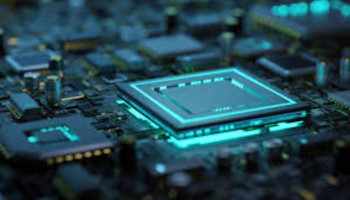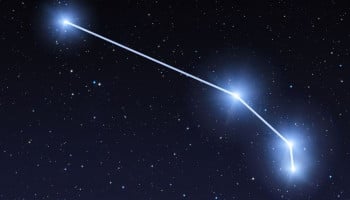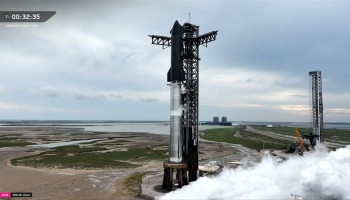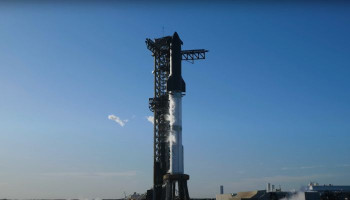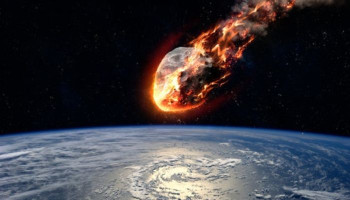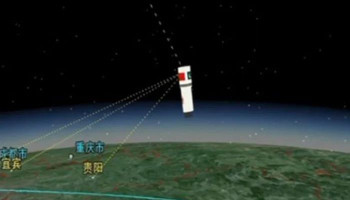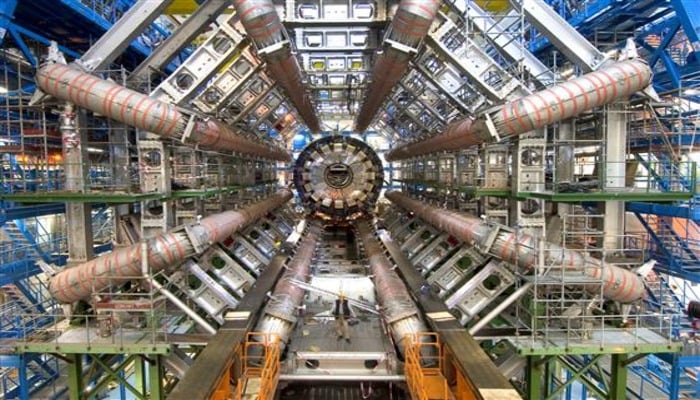
In a groundbreaking experiment, scientists at CERN successfully collided particles at nearly 671 million miles per hour using the Large Hadron Collider (LHC), also known as "the Big Bang machine." This achievement brings us closer to understanding the origins of the universe.
The LHC, located underground at the border of France and Switzerland, sent beams of protons hurling down a 17-mile-long tunnel at speeds approaching that of light. The goal was to recreate conditions similar to those just after the Big Bang, which occurred 13.8 billion years ago.
Researchers are excited about the prospect of analysing the data collected from these collisions, hoping to gain insights into phenomena such as the Higgs boson and dark matter. The LHC’s capabilities are expected to provide valuable information that could revolutionise our understanding of particle physics and cosmology.
The experiments involved meticulous preparation, including preliminary tests to ensure the LHC was in optimal working condition. The accelerator was restarted in March after winter hibernation, with beams circulating inside the ring to gradually increase their energy.
During the experiment, beams of protons were injected into the LHC, and their energy levels gradually ramped up to unprecedented levels. The goal was to reach 6.8 teraelectronvolts (TeV), a milestone never before achieved in a particle accelerator.
Even with the supposedly small energy increase, reaching this level was a significant achievement, equivalent to the energy released by a flying mosquito. The protons were accelerated to speeds just shy of the speed of light, setting the stage for the historic collision.
The successful collision of particles marks a crucial step in ongoing research at CERN. As reported by the Daily Mail, physicists from around the world are eager to analyse the data generated by these collisions, which could lead to groundbreaking discoveries in particle physics.
One of the primary objectives of the LHC is to explore the properties of the Higgs boson, a fundamental particle that plays a crucial role in our understanding of mass and the structure of the universe. By studying the aftermath of particle collisions, scientists hope to unlock the mysteries surrounding this elusive particle.





